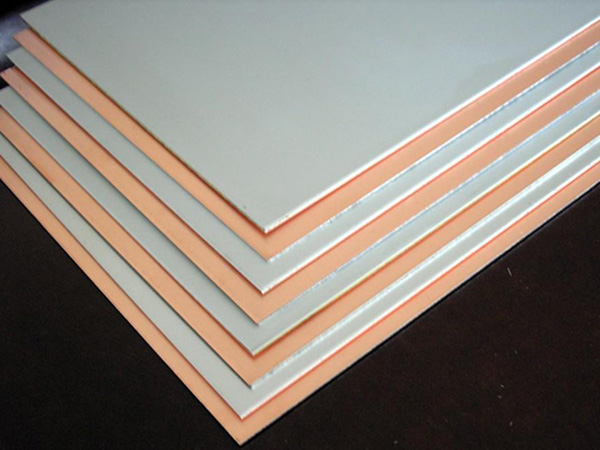Almost all electronic devices used today are embedded with printed circuit boards.The contribution of PCB circuit boards to the performance and functions of electronic products is very important. Therefore, they must be flawless. As a part of the printed circuit board, materials must be carefully based on various factors.Choose the material used to manufacture the printed circuit board.Among them,FR4 material has gained great attraction in PCB processing and is the most popular material used to manufacture printed circuit boards.In FR4,FR stands for flame retardant, and the number 4 represents the grade that distinguishes the material from other materials. FR4 is a thin woven glass fiber reinforced epoxy resin laminate for PCB processing. What makes FR4 so popular in PCB processing,and what are the beneficial properties of FR4 materials?

1. Good electrical performance
The electrical properties of circuit board materials play a key role in signal integrity and impedance considerations because they are important to the speed of electrical signals propagating through the material. FR4 material has high dielectric strength, which contributes to its electrical insulation properties. Depending on the glass fiber weaving method, resin and thickness, the dielectric constant (Dk) of FR4 varies within the range of 3.8-4.8 MHz.
2. Non-flammable
Flame retardants are suitable for various manufacturing processes and can produce predictable results. FR4 material has excellent thermal, electrical and mechanical properties, making it the first choice for many electronic applications.
3. Hygroscopicity
This is one of the important characteristics of FR4 material. When immersed in water, the material has a low moisture absorption rate of 0.10%. In addition, FR4 material has high temperature resistance, in addition to strong moisture resistance, it can also withstand a wide temperature range.
4. Cost-effectiveness
FR4 material is a commonly used circuit board substrate. In addition to stable physical and chemical properties, it also has relatively low cost characteristics. This benefits some PCB manufacturers and designers who are concerned about cost.
fr4 material density:
FR-4 substrates are epoxy resin systems,so the Tg value has long been the most common indicator used to classify FR-4 substrate grades, and is one of the primary performance indicators in the IPC-4101 specification.
Glass transition temperature Tg
The Tg value of a resin system refers to the temperature transition point at which the material changes from a relatively rigid or "glassy" state to a deformable or softened state. This thermodynamic change is always reversible as long as the resin does not decompose. This means that when a material is heated from room temperature to a temperature above the Tg value and then cooled below the Tg value,it can be changed back to a rigid state with the same properties as before. However, when a material is heated to a temperature much higher than its Tg value, an irreversible phase change may result. The effects caused by such temperatures are highly dependent on the type of material and on the thermal decomposition of the resin.
In general,a higher Tg of the base material means a higher reliability of the material. If the style utilizes a lead-free soldering process, the thermal decomposition temperature (Td) of the base material also needs to be considered.
Other important performance indicators include coefficient of thermal expansion (CTE), water absorption, material adhesion characteristics, and commonly used delamination time tests such as T260 and T288.
Important guidelines for selecting FR4 materials in PCB processing? FR4 material thickness plays a key role in PCB processing. In addition to material thickness, there are several important indicators to consider when selecting FR4 materials for circuit board processing. When the operating temperature exceeds 150°C, it is always a good habit to choose high-performance FR4 laminates. As mentioned earlier, these materials provide better heat resistance and low expansion rates while maintaining manufacturability. Consider thin FR4 materials with space constraints to make the PCB functionally reliable. These lightweight materials support precision components to make USB connectors, Bluetooth accessories and other devices.
Thin FR4 materials are widely used in applications where space is always limited. These materials are known for providing better flexibility, so they are used to build complex and thin PCBs used in the medical and automotive industries. Choose a material with uniform dielectric constant at different frequencies. FR4 is suitable for this. Avoid using other thin PCB materials with grooves, as this may cause a high risk of breakage or damage to the circuit board. Due to the same requirements, FR4 is manufactured and available in various specifications and configurations. Their advantageous physical and chemical properties have promoted their popularity. If you plan to consider FR4 in upcoming electronic applications, it is always a good practice to consult industry participants who may provide technical assistance including material selection.